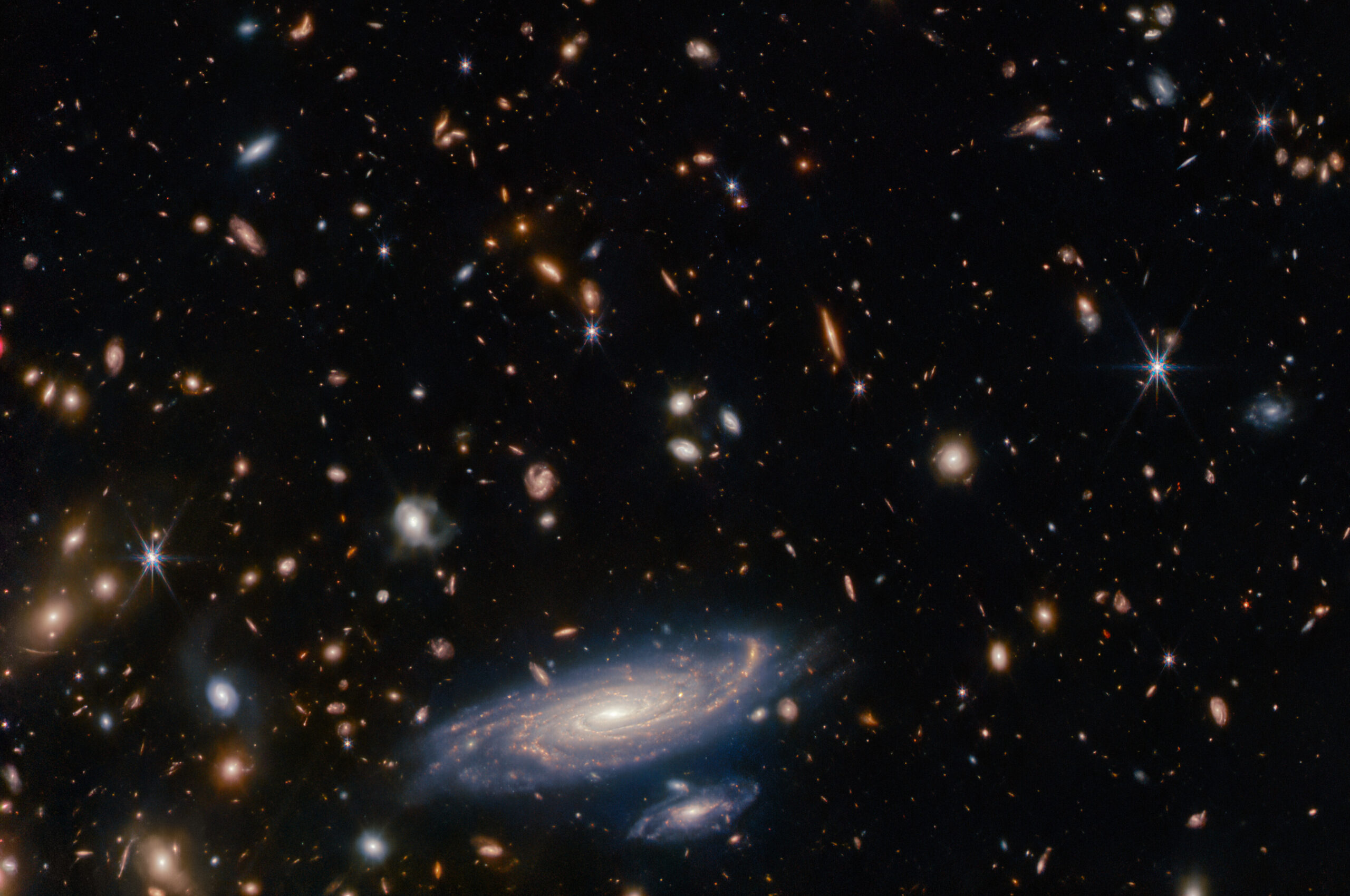This volume offers a thorough exploration of the observation of Earth's water–energy cycle, a foundational aspect of climate science. It features a collection of up-to-date articles that provide insights into current estimates of the Earth’s water and energy fluxes, based on satellite observations, atmosphere–ocean reanalyses, and global coupled atmosphere–ocean model simulations. The book deepens our understanding of the role of clouds in the energy cycle, focusing particularly on tropical clouds and their responses to surface warming patterns, which influence global warming. It also examines the connection between tropical clouds and deep convection in the tropics. Furthermore, the volume identifies key priorities for developing an integrated and optimized observation system for Earth's water–energy cycle. It highlights the challenges currently faced in monitoring and modeling this cycle to improve predictions on annual to multi-decadal timescales.
Venus is a scientifically rich target for exploration.The evolution of Venus is, at present, poorly known, despite it being our closest planetary neighbor. This book reviews current knowledge of how Venus formed, evolved, and reached its current state. It is not clear how its tectonic and volcanic activity has varied through history, nor whether it once had a habitable phase with liquid water on its surface. Science questions addressed in the book span interior processes, surface geology, the atmosphere, climate, evidence for current activity, and the potential for past habitability.
This collection presents results from the ISSI Workshop "Surface Bounded Exospheres and Interactions in the Solar System" which reviewed the knowledge on the surface-bounded exosphere conditions, generation, variability and loss processes, from theoretical, observational and experimental points of view. The output collects the present state of knowledge on this subject and drafts a roadmap for future investigations in view of the next missions, i.e., BepiColombo to Mercury or orbiters and landers to be operated on the Moon.
This collection presents results from the ISSI Workshop "Solar and Stellar Dynamos: a New Era", held 13–17 June 2022, which aimed to take stock of the considerable progress in our understanding of many aspects of solar and stellar dynamos that has been made during the last decade. This became possible thanks to a wealth of observations from the ground and from space, the study of simplified models, and a new generation of comprehensive 3D MHD simulations.
"The Heliosphere in the Local Interstellar Medium", the Proceedings of the First ISSI Workshop 6-10 November 1995, Bern, Switzerland, edited by R. von Steiger, R. Lallement, and M.A. Lee and published in 1996, was the first International Space Science Institute (ISSI) book in the Space Sciences Series. This book covers the knowledge gained in the subsequent 27 years that revolutionized our understanding of the interaction of the heliosphere with the very local interstellar medium (VLISM). Entirely new regions of space have been explored! The Voyagers both crossed the termination shock, passed through the heliosheath, crossed the heliopause, and entered the interstellar medium. New Horizons was launched with more modern instrumentation and explores low-latitude regions of the outer heliosphere. Energetic neutral atoms observed by IBEX and CASSINI allowed exploration of the heliosphere over the whole sky. The initial reconnaissance of the heliosphere and VLISM is complete with in situ measurements, observations of energetic neutral atoms (ENAs), neutral VLISM H and He, UV emissions, and interstellar dust.
The main objective of this book is to provide an overview of the benefit of using Earth Observation data to monitor global environmental changes due to natural phenomena and anthropogenic forcing factors over the African continent, and highlight a number of applications of high societal relevance.
During the recent decades, space missions (e.g., CHAMP, GOCE, GRACE and Swarm) have been developed by space agencies in Europe and the USA to measure the Earth’s gravity and magnetic fields and their spatio-temporal variations. These successful missions have already provided a wealth of groundbreaking results about the permanent and time-variable gravity and magnetic fields of the Earth.
The book presents a broad and in-depth overview of recent achievements and the current state of research in magnetohydrodynamic (MHD) oscillatory and wave phenomena in the coronae of the Sun and stars. Major progress in coronal wave studies has been achieved thanks to the combination of high-precision multi-wavelength observations with spaceborne and ground-based facilities, elaborated theory of the interaction of MHD waves with plasma non-uniformities, state-of-the-art numerical simulations, and novel data analysis techniques. It has allowed the research community to reach a new look at the role played by MHD wave processes in the enigmatic phenomena of coronal plasma heating and wind acceleration as well as powerful energy releases such as flares and coronal mass ejections. In addition, the waves are intensively used as natural probes in the remote diagnostics of the coronal plasma parameters and physical processes operating in solar and stellar coronae via the method of MHD seismology.
Thanks to the observation of a growing number of planetary atmospheres, we are at the dawn of a major scientific revolution in atmospheric and climate sciences. But are we ready to understand what will be discovered around other stars?
This book brings together 15 review chapters that study and provide up-to-date information on the physical and chemical processes that control the nature of atmospheres. It identifies commonalities between various solar system atmospheres, analyzes the dynamic processes behind different atmospheric circulation regimes, and outlines key questions remaining in solar system science.
This volume takes an interdisciplinary approach to the evolution of terrestrial planets, addressing the topic from the perspectives of planetary sciences, geochemistry, geophysics and biology, and solar and astrophysics. The review papers analyze the chemical, isotopic and elemental evolution of the early Solar System, with specific emphasis on Venus, Earth, and Mars. They discuss how these factors contribute to our understanding of accretion timescales, volatile delivery, the origin of the Moon and the evolution of atmospheres and water inventories of terrestrial planets. Also explored are plate tectonic formation, the origin of nitrogen atmospheres and the prospects for exoplanet habitability.

